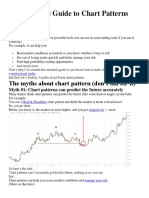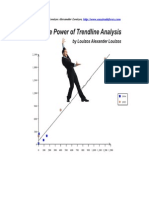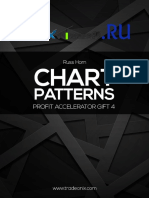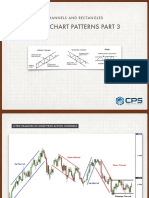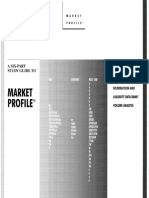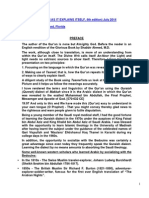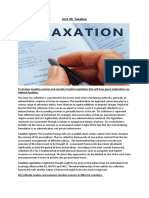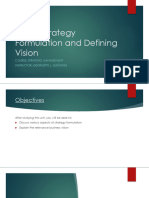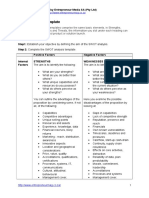75% found this document useful (4 votes)
1K views100 pagesChart Patterns for Traders
The document discusses 7 common chart patterns used in technical analysis: support and resistance, trend lines, saucers, Fibonacci retracements, price gaps, volume climaxes, and consolidations. It explains that these patterns reflect common human emotions like greed and fear in the market, and can be predictive. The document outlines how each pattern has a defined structure that allows traders to identify the pattern and manage related trades using tools like the "eighths rule" for determining entry, exit and stop levels.
Uploaded by
mz8893Copyright
© © All Rights Reserved
We take content rights seriously. If you suspect this is your content, claim it here.
Available Formats
Download as PDF, TXT or read online on Scribd
75% found this document useful (4 votes)
1K views100 pagesChart Patterns for Traders
The document discusses 7 common chart patterns used in technical analysis: support and resistance, trend lines, saucers, Fibonacci retracements, price gaps, volume climaxes, and consolidations. It explains that these patterns reflect common human emotions like greed and fear in the market, and can be predictive. The document outlines how each pattern has a defined structure that allows traders to identify the pattern and manage related trades using tools like the "eighths rule" for determining entry, exit and stop levels.
Uploaded by
mz8893Copyright
© © All Rights Reserved
We take content rights seriously. If you suspect this is your content, claim it here.
Available Formats
Download as PDF, TXT or read online on Scribd
/ 100

